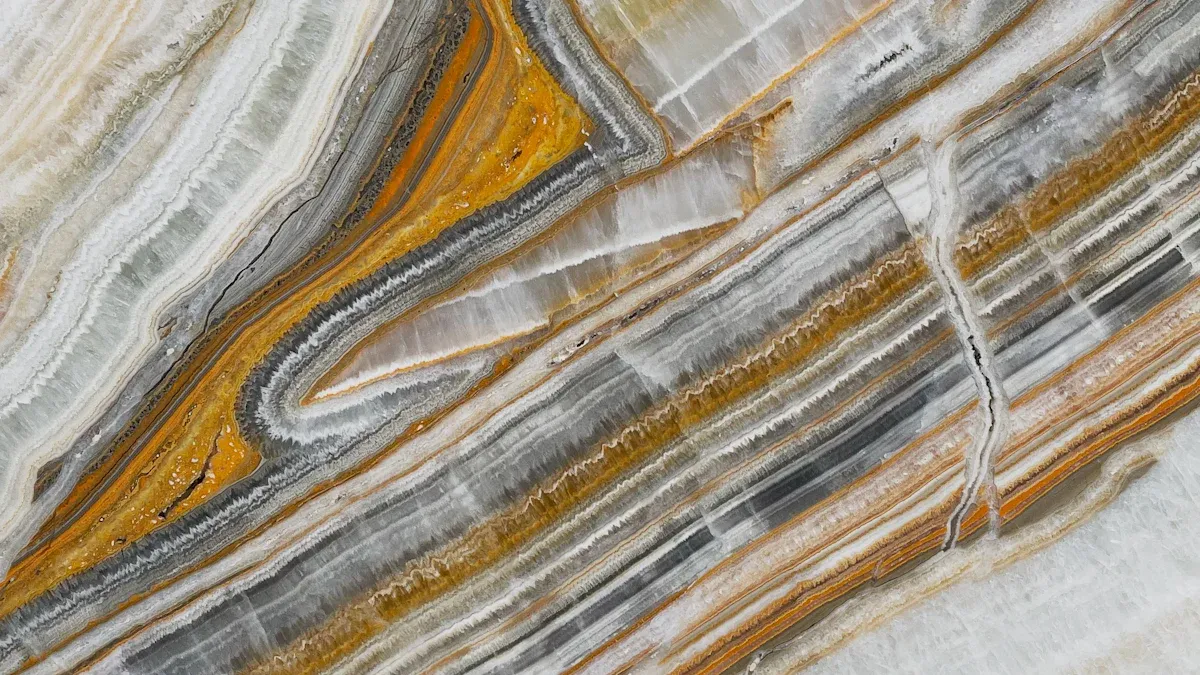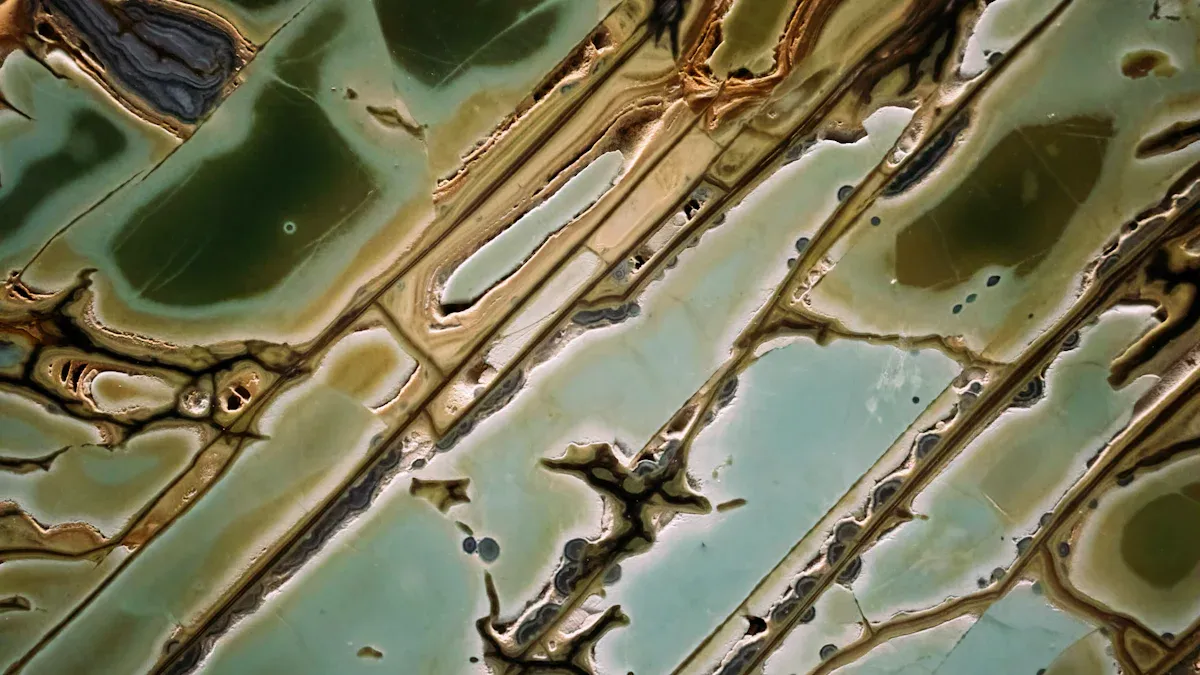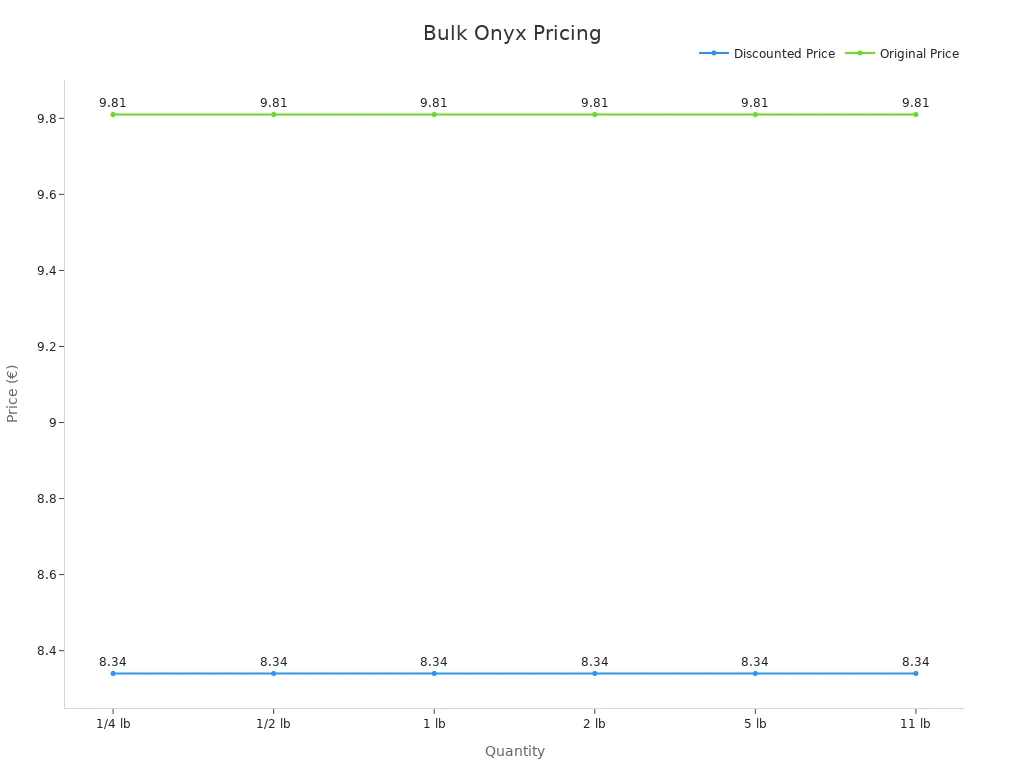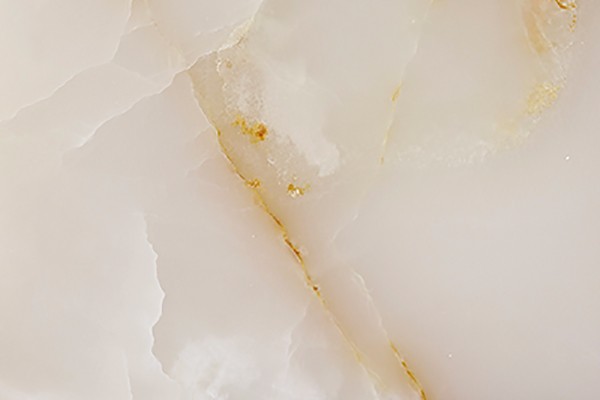
Finding the best deal for Onyx stone means knowing its value. Value isn’t just about the cheapest price. It’s about balancing cost, quality, and how long it lasts. Learn what affects prices and how sellers do business. For example, the Onyx Stone Market was worth $142.9 million in 2023. It is expected to grow by 5.3% each year until 2031. This growth shows changes in supply and demand. So, it’s important to choose wisely.
To get the best deal, compare sellers and ask about warranties. Don’t forget to check transportation costs too. Doing some research can save money and help you buy a strong, good-quality product.
Key Takeaways
- The value of Onyx isn’t only about its price. Think about its quality, strength, and look before buying.
- Check out different sellers and compare their prices. Look for guarantees and check delivery costs to get a good deal.
- Learn about Onyx features like its bands and colors. Knowing this helps you pick the right stone for your project.
- Understand what affects Onyx prices, like size, origin, and demand. Buying at the right time can save you money.
- Look for leftover or extra pieces to spend less. These can give you good Onyx for a cheaper price.
What Is Onyx Stone?

Characteristics and Features
Onyx stone is a natural material known for its beauty and use. It is special because of its parallel banding, which can look straight, wavy, or circular. These bands create amazing patterns, making each piece unique. Onyx comes in many colors like black, white, red, brown, and blue. Black onyx is especially popular for its classy and timeless look.
Onyx is strong with a Mohs hardness rating of 6.5 to 7, making it good for jewelry and decorations. But it can break or chip if not handled carefully. It is mostly made of calcium carbonate, which forms in layers over time. Its shiny surface and ability to be carved into detailed shapes make it even more attractive.
| Characteristic | Description |
|---|---|
| Banding | Special parallel patterns in different shapes and styles. |
| Hardness | Strong with a Mohs rating of 6.5 to 7. |
| Color Varieties | Found in black, white, red, brown, blue, and more. |
| Composition | Made from calcium carbonate, formed in layered environments. |
| Durability | Tough but needs care to prevent breaking or chipping. |
Common Applications in Design
Onyx stone is used in homes and businesses. Its see-through quality makes it great for backlit features like countertops, walls, and desks. In fancy homes, onyx is used for kitchen counters, bathroom sinks, and vanities.
In offices, designers use onyx for eye-catching pieces. For example, high-end lobbies may have onyx desks or walls. Some architects use onyx mosaics for barbecue areas or modern office designs. Its flexibility makes it work in both classic and modern styles.
Here are common uses for onyx:
- Jewelry and decorations.
- Countertops and walls in buildings.
- Sculptures and mosaics.
- Backlit designs for a bold look.
Why It Is Considered a Luxury Material
Onyx stone is seen as a luxury material for many reasons. First, it is rarer than stones like marble or granite. This makes it more special and wanted. Second, its aesthetic qualities, like colorful patterns, make it stand out. These features are perfect for fancy spaces, like vanity tops or decorations.
In the past, onyx was valued for its protective powers in some cultures. Today, it is loved in luxury markets for jewelry and home décor. Black onyx is a favorite for rings and stylish accessories. Its mix of rarity, beauty, and usefulness makes it a top-quality material.
| Feature | Description |
|---|---|
| Rarity | Harder to find than marble or granite. |
| Aesthetic Qualities | Colorful patterns and veining that look amazing. |
| Applications | Used in fancy homes, jewelry, and decorations. |
Factors Influencing Onyx Stone Prices
When buying Onyx stone, knowing what affects its price helps. Things like quality, size, and origin all matter. Let’s explore these factors so you can make smart choices.
Quality and Grade
The quality of Onyx stone greatly impacts its price. High-quality Onyx has bright colors, clear patterns, and few flaws. Stones with dull colors or cracks cost less. Polished Onyx with a shiny surface is pricier than unpolished ones.
Think of it like picking fruit. A perfect apple costs more than a bruised one. If you want a flawless piece for a countertop or wall, expect to pay more.
Demand for natural stone is also raising prices. People love its strength and beauty. New cutting and polishing methods make high-quality Onyx even more popular.
| Evidence Type | Description |
|---|---|
| Market Growth Projection | The Natural Stone Market is growing, boosting Onyx stone prices. |
| Demand for Natural Stone | More people want natural stone for its durability and beauty. |
| Technological Advancements | Better tools and techniques make high-quality Onyx more desirable. |
Size and Thickness
The size and thickness of Onyx stone affect its cost. Bigger slabs are harder to move and cost more. Thicker pieces, used for counters or floors, are also pricier.
For smaller projects, like backsplashes, thinner cuts save money. Some sellers offer leftover pieces at lower prices. These are great if you’re on a budget but still want elegant Onyx.
Tip: Measure your space before buying. This avoids paying for extra material.
Origin and Transportation Costs
Where Onyx stone comes from changes its price. Stones from far places, like Italy or Brazil, cost more. Shipping and rarity make them expensive. Local Onyx is cheaper since it skips long shipping fees.
Shipping costs depend on distance and care. Onyx is fragile and needs special packaging to avoid damage. This adds to the price, especially for international orders.
| Factor | Description |
|---|---|
| Origin | Prices vary based on where the stone is from. |
| Transportation | Long distances and careful handling raise costs. |
| Packaging | Protective packaging increases the total price. |
| Suppliers | Different suppliers have different prices based on sourcing. |
To save money, buy Onyx from a nearby supplier. It’s cheaper and better for the environment.
Vendor Type and Location
Where you buy Onyx stone affects its cost and quality. Different sellers have their own benefits and drawbacks. Local shops, online stores, and specialty shops each offer something unique.
- Local Vendors: These sellers let you see the Onyx stone in person. You can check its color and quality before buying. Some local shops also cut stones to fit your design needs. However, their prices may be higher because they have less stock or smaller businesses.
- Online Retailers: Buying online gives you more choices and better prices. You can compare many sellers without leaving home. Online stores often charge less since they don’t have store expenses. But you can’t inspect the stone yourself. Always read reviews and check return policies before buying.
- Specialty Stores: These shops sell high-quality Onyx stone with rare colors or patterns. If you want something unique, specialty stores are a good choice. Keep in mind, their prices are higher because of the exclusive products they offer.
Tip: For small budgets, check local shops for leftover pieces. For big projects, online stores may have better bulk discounts.
Market Demand and Availability
The price of Onyx stone depends on demand and supply. When more people want it, prices go up. For example, Algeria’s Oran Onyx is famous for its bright colors. Its price changes based on how much is available and how popular it is.
Supply depends on mining and global shipping. If a type of Onyx stone becomes rare, its price rises. But when there’s too much supply, prices drop, and you can find deals.
Seasons also affect prices. During busy building times, Onyx stone costs more. To save money, buy during slower seasons.
Note: Watch market trends. Buying when demand is low can help you get great deals on top-quality Onyx stone.
Comparing Onyx Stone Prices Across Vendors
Local Vendors vs. Online Retailers
When buying Onyx stone, you have two main choices: local shops or online stores. Each option has good and bad points, so think carefully before deciding.
Local Vendors let you see the stone in person. You can check its color, patterns, and quality up close. This is helpful if you want a certain look or need custom sizes. Many local stores also help match the stone to your design. But their prices might be higher because they have less stock or more business costs.
Online Retailers are easy to use and offer many choices. You can shop from home and see lots of options. Online stores often have lower prices since they don’t have physical store expenses. Some even show detailed pictures and videos to help you choose. The downside is you can’t touch or see the stone before it arrives. Always read reviews and return policies to avoid problems.
Tip: For small projects, local shops might work better. For big projects, online stores often have cheaper bulk options.
Evaluating Vendor Reputation
Not all sellers are the same. Picking a trusted vendor can save you trouble later. Here’s how to check if a seller is reliable:
- Read Reviews: Look at customer reviews for details about stone quality, delivery, and service.
- Ask for References: Some sellers can share past customer contacts. Ask them about their experience.
- Check Certifications: Good vendors often have trade group memberships or certifications. These show professionalism.
- Visit Their Showroom: If possible, go to their store or warehouse. Seeing the stone in person helps you know what to expect.
A trusted seller is more likely to give you high-quality Onyx stone and good service. Take time to find someone reliable.
Understanding Pricing Structures
Knowing how sellers price Onyx stone helps you find good deals. Prices depend on quality, size, and origin, but sellers may use different pricing methods.
Here are some common ways sellers price Onyx stone:
| Pricing Structure | Description |
|---|---|
| Per Square Foot | Used for slabs and tiles. You pay by the area needed. |
| Per Piece | Common for small items like sculptures or leftover pieces. |
| Bulk Discounts | Lower prices if you buy a lot at once. |
| Custom Pricing | Special quotes for unique or custom projects. |
Some sellers add extra fees for cutting, polishing, or delivery. Always ask for a full price breakdown. This helps you know what you’re paying for and avoid surprises.
Note: Comparing prices from different sellers can save you money. If something is unclear, ask questions to understand better.
Examples of Price Ranges
When buying Onyx stone, prices change based on quality, size, and seller. Here’s a simple guide to common price ranges:
- Small Decorative Items
Small items like coasters, candle holders, or jewelry cost $20 to $100. These are made from leftover or small pieces of Onyx, making them cheaper. They’re great for adding elegance without spending much. - Tiles and Backsplashes
Onyx tiles for backsplashes or walls cost $10 to $30 per square foot. Prices depend on thickness and patterns. For small projects, this is an affordable way to use Onyx. - Countertops and Slabs
Countertops or large slabs range from $40 to $250 per square foot. Rare colors like green or pink cost more. Thicker slabs or custom cuts also raise the price. - Custom Pieces and Specialty Items
Custom sculptures or detailed wall panels cost $500 to thousands of dollars. These need skilled work and high-quality Onyx, making them expensive. Unique designs require a bigger budget. - Remnants and Overstock Deals
Leftover pieces from big projects are cheaper. Small slabs or tiles can cost $5 to $15 per square foot. This is a smart way to save money while enjoying Onyx.
Tip: Compare prices from different sellers. Some offer discounts for bulk orders or during slow seasons. Ask for a custom quote for special projects.
Knowing these price ranges helps you plan your budget. Whether it’s a small item or a big project, there’s an option for every budget.
Tips for Negotiating Onyx Stone Prices
Bulk Purchase Strategies
Buying more Onyx stone at once can save money. Sellers often give discounts for big orders. This is helpful for large projects like renovating many rooms or commercial spaces. Buying in bulk lowers the cost per pound.
Here’s how bulk pricing works:
| Quantity | Price (€) | Original Price (€) | Discount |
|---|---|---|---|
| 1/4 lb | 8.34 | 9.81 | 15% off |
| 1/2 lb | 8.34 | 9.81 | 15% off |
| 1 lb | 8.34 | 9.81 | 15% off |
| 2 lb | 8.34 | 9.81 | 15% off |
| 5 lb | 8.34 | 9.81 | 15% off |
| 11 lb | 8.34 | 9.81 | 15% off |
The price per pound stays the same, but discounts apply to all amounts. Bulk buying is a smart way to save money.
Tip: Don’t need a lot? Share the order with friends or family to split costs and enjoy savings.

Timing Purchases for Discounts
Buying Onyx stone at the right time can save money. Sellers often lower prices during slow seasons or special sales. For example, buying during the off-season for construction can mean better deals.
Look for discounts around holidays or end-of-year sales. Sellers may also drop prices to clear old stock for new items.
Pro Tip: Ask sellers about upcoming sales or promotions. Planning your purchase during these times can save you a lot.
Requesting Custom Quotes
For unique projects, asking for a custom quote can help. Sellers often change prices based on the size or details of your order. Custom quotes make sure you don’t pay too much.
Steps to get the best custom quote:
- Use tools to check the average price for Onyx stone.
- Compare quotes from different sellers to find the best deal.
- Look for value, not just the cheapest price. Paying a bit more might mean better quality or service.
| Action Steps | Description |
|---|---|
| Price Analysis Tools | Check market rates for Onyx stone products. |
| Competitive Quoting | Get quotes from several sellers to avoid high costs. |
| Negotiation Strategies | Use price info to bargain with sellers. |
Note: Don’t be afraid to negotiate. Sellers often adjust prices, especially for big or custom orders.
Exploring Remnants and Overstock Options
Want to save money on Onyx stone? Check out remnants and overstock deals. These are leftover pieces or extra stock from other projects. They’re sold at lower prices, making them great for saving money.
Why Pick Remnants?
Remnants are small leftover pieces of Onyx stone. They work well for small projects like backsplashes or tabletops. Since they’re pre-cut, you save on material costs.
Tip: Ask local sellers about remnants. You might find great pieces for less money.
Overstock Deals
Overstock comes from suppliers with extra stones they need to sell. These stones are in good shape but may not be trendy colors. Suppliers discount them to make space for new stock.
| Option | Benefits | Best For |
|---|---|---|
| Remnants | Cheap and ready-to-use pieces. | Small projects or accents. |
| Overstock | Discounts and rare finds. | Bigger projects or unique designs. |
Where to Look
Finding remnants and overstock is easy if you know where to search. Visit local stone shops or browse online stores. Many sellers post discounted items on their websites.
Pro Tip: Try negotiating. Sellers often lower prices more for bulk buys or older stock.
Using these options helps you get quality Onyx stone without overspending. Whether it’s a small decoration or a big project, remnants and overstock are smart choices.
Determining the Best Value for Onyx Stone
Balancing Cost and Quality
Getting the best value for Onyx stone means balancing price and quality. You don’t want to spend too much, but you also want it to last and look good. High-quality Onyx has bright colors and clear patterns, but it costs more. Cheaper options save money but may not last as long or look as nice.
Think about what your project needs. For decorations, lower-grade Onyx might work fine. For countertops or walls, higher-quality Onyx is better. It lasts longer and looks more elegant.
Tip: Check prices and quality from different sellers. Paying a little more can mean better quality and fewer problems.
Assessing Durability and Maintenance
Durability matters when picking Onyx stone, but it’s not the strongest material. Onyx is porous, so it needs sealing and cleaning often. Without care, it can stain or lose its shine.
Studies show Onyx needs more upkeep than marble. For example:
- Onyx needs sealing every few months; marble lasts longer without sealing.
- Over 10 years, marble needed fewer repairs and stayed in better shape.
- Onyx is more likely to wear down from the environment.
If you’re okay with extra care, Onyx is still a great choice. Its beauty makes the effort worth it.
Note: Regular care keeps Onyx looking great. If you want less work, marble might be a better option.
Importance of Warranties and Guarantees
Warranties protect your money when buying Onyx stone. They cover problems like bad installation but not natural patterns in the stone. For example:
| Warranty Type | What It Covers |
|---|---|
| Installation Warranty | Covers work done for one year after installation. |
| Implied Warranty | Does not cover natural patterns or differences in the stone. |
Natural stones like Onyx have unique patterns and colors. These are not defects, so warranties won’t cover them. It’s important to know what the warranty includes before buying.
Tip: Ask for a full warranty document. Knowing what’s covered helps you avoid surprises later.
Getting the best deal for Onyx stone means knowing what affects its price. Things like quality, size, where it comes from, and demand matter. Compare sellers and negotiate to save money. Look at local stores, online shops, or leftover pieces to find what works for your project.
Spend time learning before you buy. Ask questions, check reviews, and get price quotes. Doing this can help you save money and get a strong, beautiful piece that’s worth it.
FAQ
What makes Onyx stone special compared to marble or granite?
Onyx is unique because it can glow when backlit. Its banding patterns are different from marble or granite. But it’s softer and needs extra care.
How do I keep Onyx stone looking nice?
Seal it often to stop stains. Use mild soap and a soft cloth to clean it. Don’t use harsh cleaners or rough tools, as they can harm the surface.
Can Onyx stone be used outside?
Onyx isn’t good for outdoor use. Weather and sunlight can damage it or change its color. It lasts longer indoors.
Is Onyx stone good for the environment?
Yes, Onyx is natural, so it’s eco-friendly. But mining and shipping can hurt the planet. Buying from nearby sellers helps reduce pollution.
How do I know if Onyx stone is high quality?
Check for bright colors, clear patterns, and no cracks. Good Onyx feels smooth and shiny. If you can, look at the stone in person or ask for proof of quality.
Tip: Compare samples from different sellers to find the best one.

